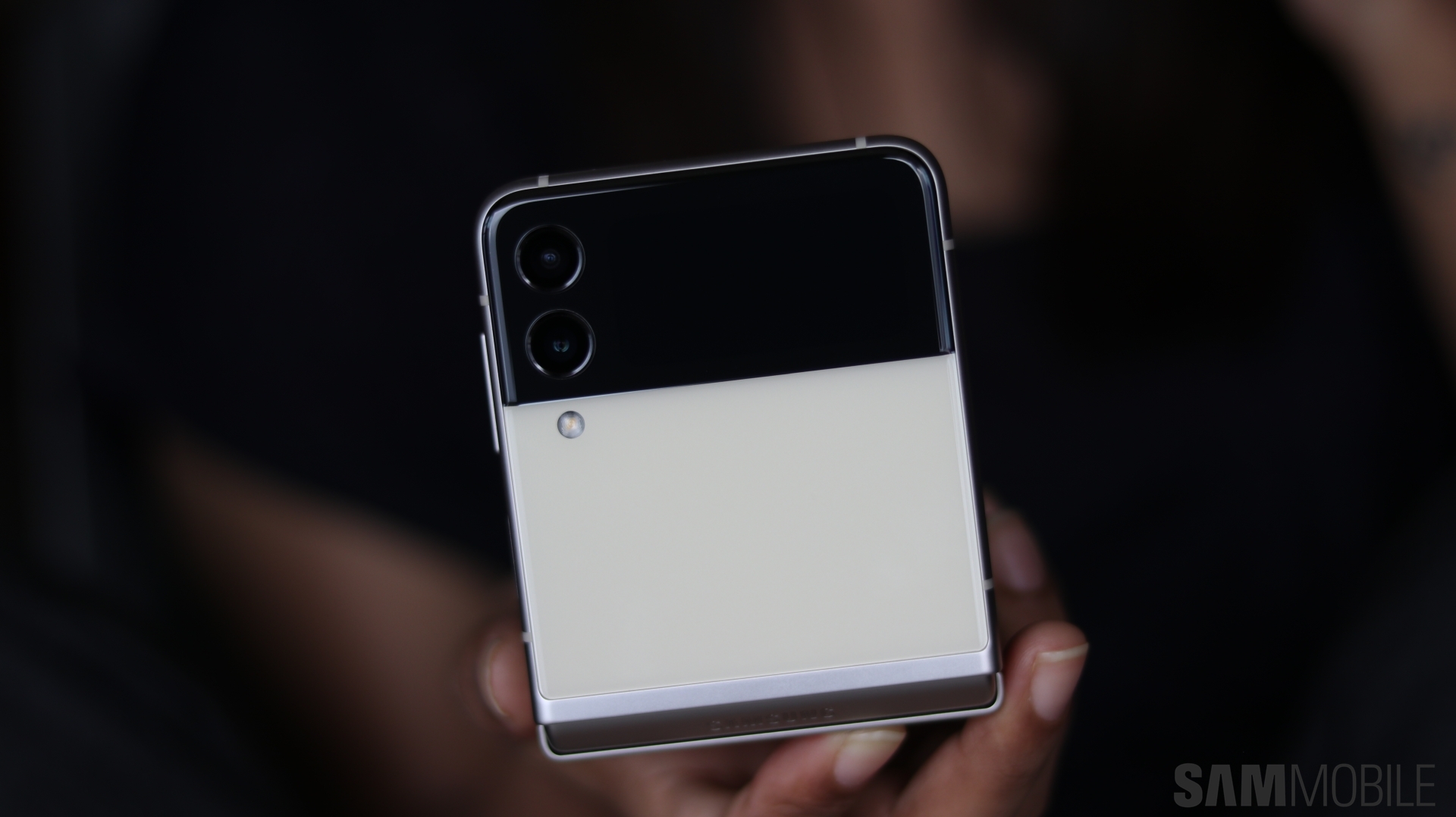

When you run out of juice you have to jack its USB connector into a power source such as your computer’s powered USB port or a USB power supply such as one that comes with an iPhone or, optionally, iPod. The MinoHD has an internal, rechargeable battery. While the MinoHD is a smaller handful than the Kodak camcorder, it lacks some of the Zi6’s attractive physical features. In terms of physical features, the Zi6 has the clear advantage. If you haven’t yet decided which way to turn in this recent pocket camcorder war, you may wonder how the MinoHD compares to the Kodak Zi6. And because you’re likely interested in how the MinoHD stacks up to the Zi6, might I suggest a look at that review as well? Bundled with the MinoHD is a new and fairly limited editing application, FlipShare.īecause the operation of the Flip MinoHD is exactly the same as the Flip Mino, allow me to refer those who are curious about its workings to my Flip Mino review. Pure Digital’s response is the $230 Flip MinoHD-a pocket camcorder with little different from the Flip Mino other than the fact that it encodes movies as H.264 files rather than in the 3ivx format and shoots in 1280-by-720 HD (720p). Scant weeks later, Kodak jumped in with its $180 Zi6 ( ), a pocket camcorder larger than the Flip models but capable of shooting 720p HD video. Not satisfied that the Ultra was slim enough, along came the $180 Flip Mino ( ), a camera smaller than the Ultra. Pure Digital Technologies got the ball rolling with its $130 Flip Video camcorder and eventually moved to the slimmer and higher-capacity $150 Flip Ultra. The pocket camcorder market is heating up.


 0 kommentar(er)
0 kommentar(er)
